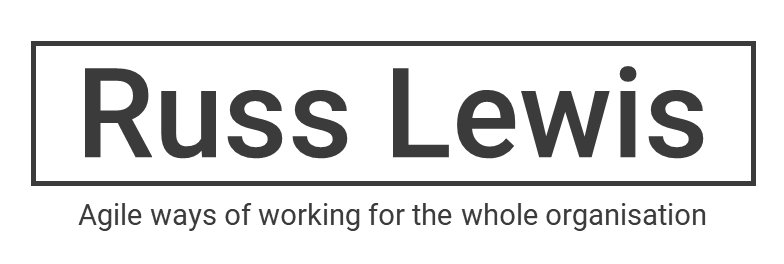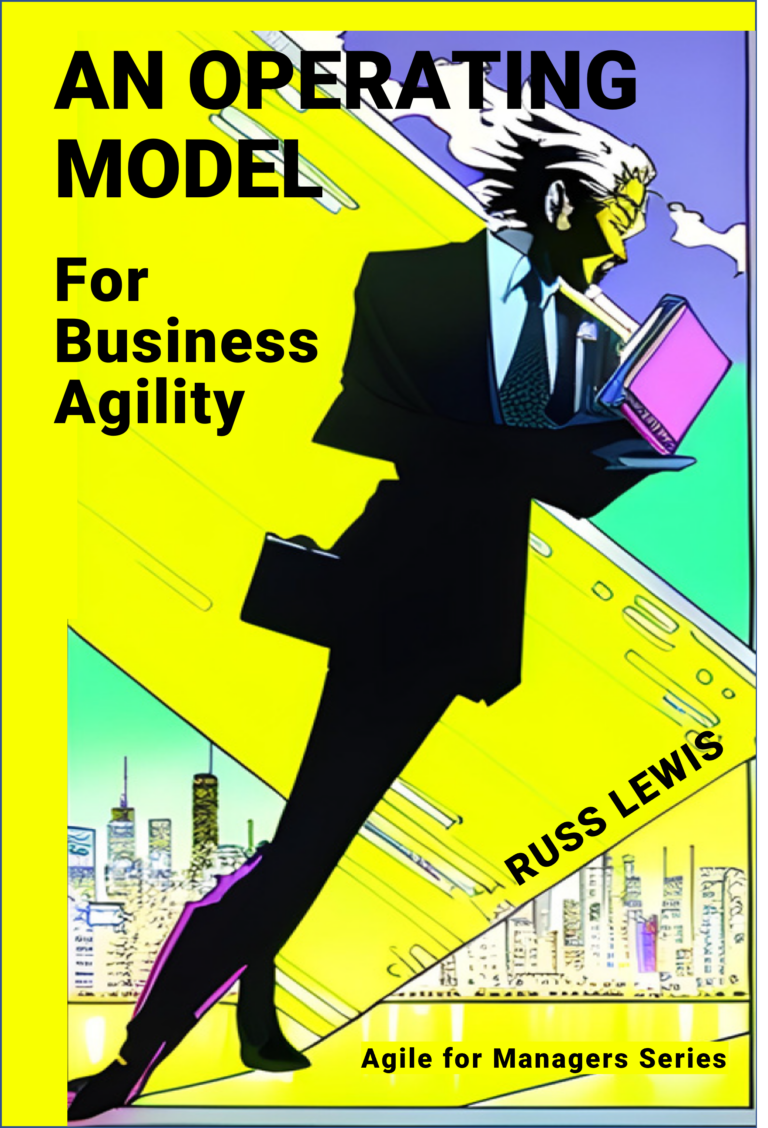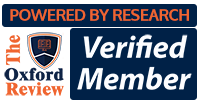Digital age and technology-savvy firms developed out of collaboration and experimentation, which has given them an unfair advantage in fast-changing and highly regulated markets. In terms of the science of management, they recognise that value often emerges spontaneously, rather than assuming that value is always predictable and can be planned for.
Plan-driven control is appropriate for most activities, but fails horribly when applied to emergent tasks such as new product development, understanding requirements, and designing solutions. Design thinking, Agile ways of working, or research methodologies are needed in those situations but - and here's where most TOMs fail - they have to co-operate with plan-driven methods.
That is what the Taoist symbol of yin-yang represents; shifting forces that compete and oppose each other, yet combine to make something greater than either part.





